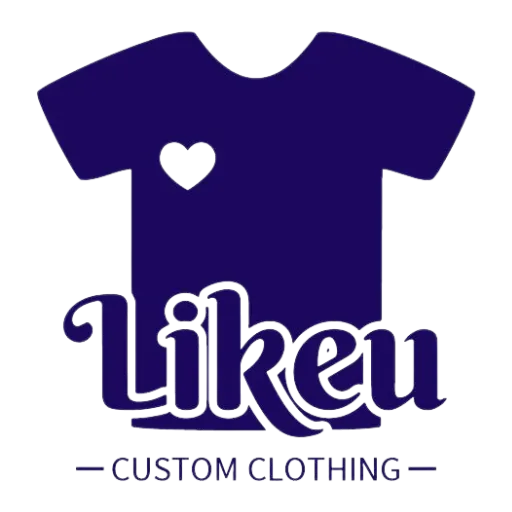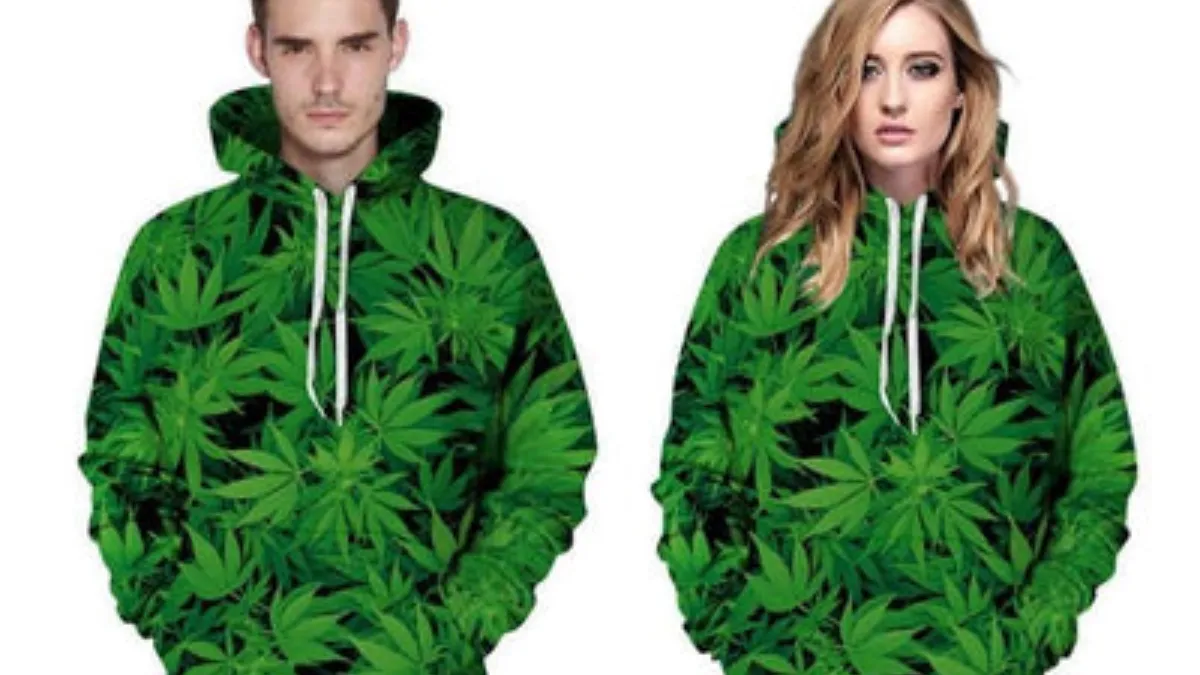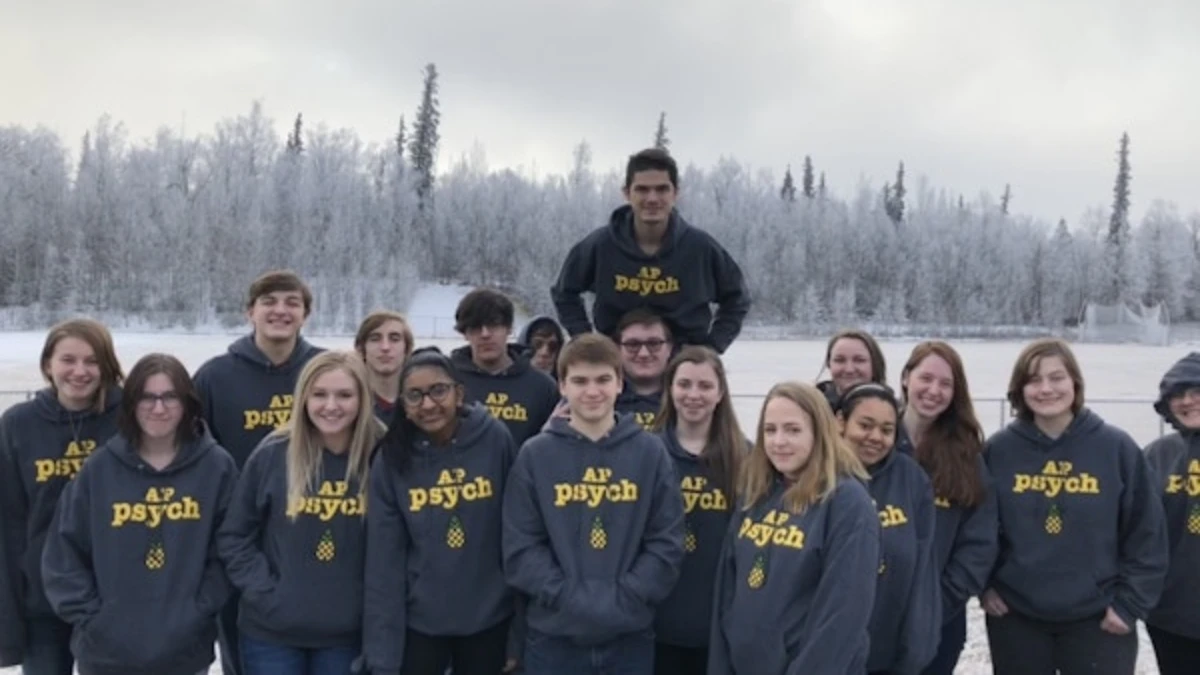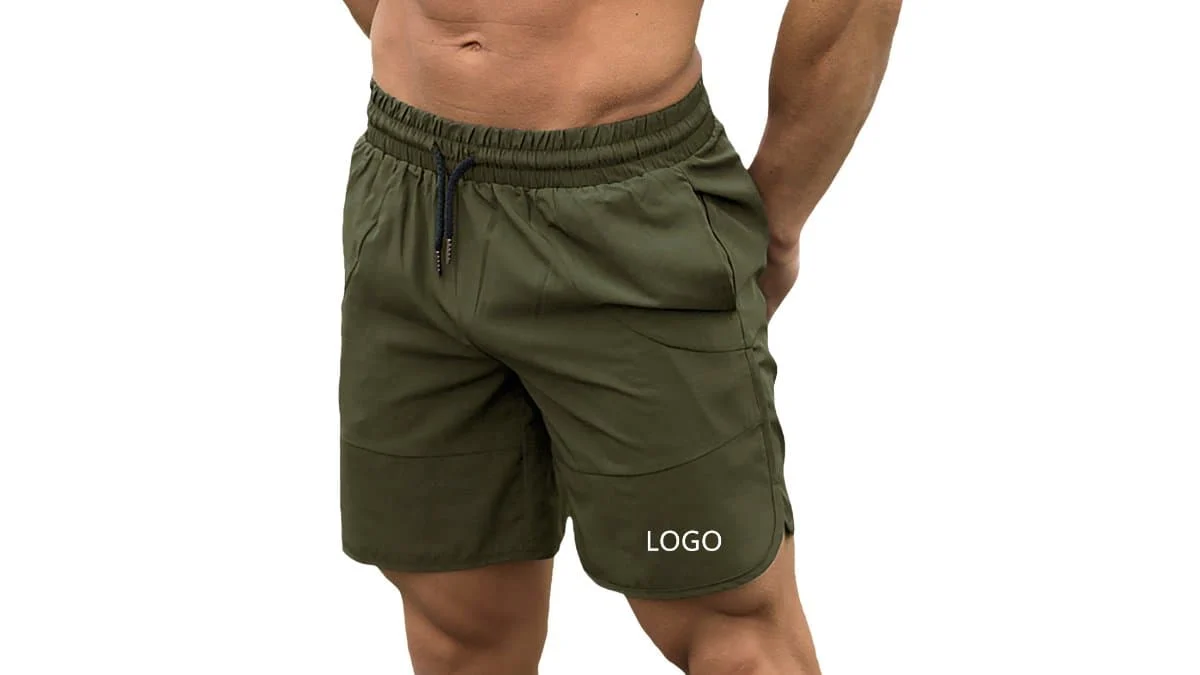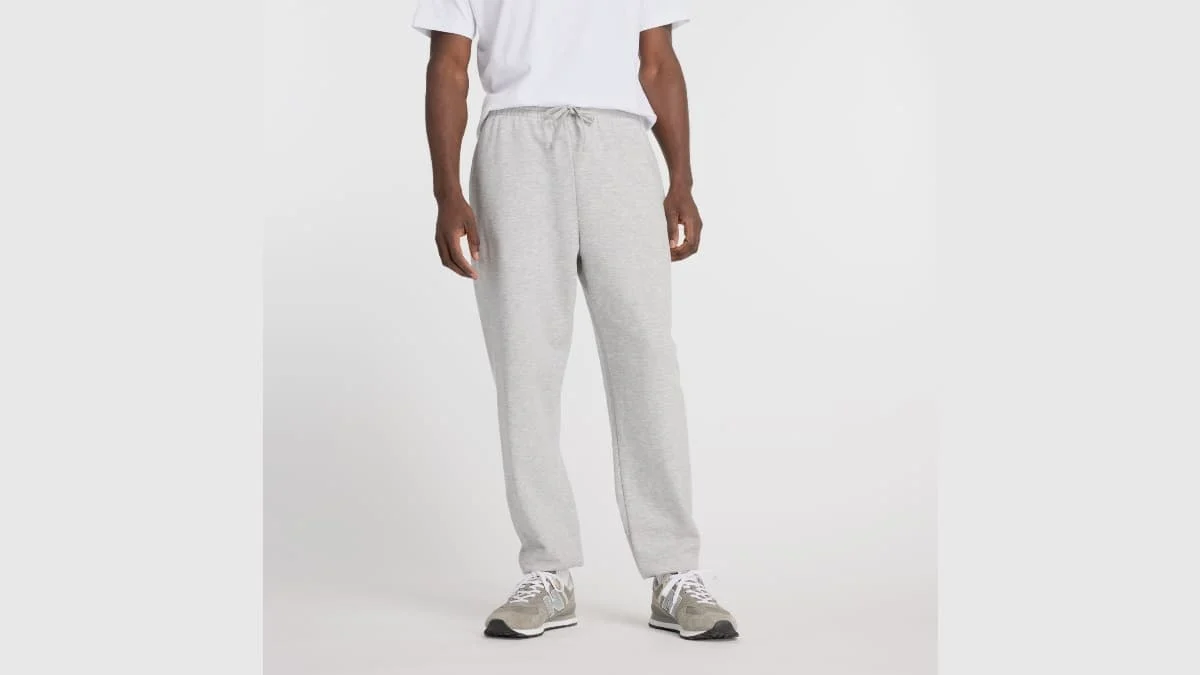Custom all over print hoodies use many special printing methods. These include dye sublimation printing, screen printing, direct-to-garment (DTG), direct-to-film (DTF), and heat transfer. Dye sublimation is the best for bright, seamless prints on polyester. Likeu Clothing is a leader in making high-quality prints and strong custom hoodies, sweatshirts, and AOP products. Many businesses and groups pick custom hoodies and sweatshirts for branding, ads, and events. The world market for hoodies and sweatshirts was worth $198.92 billion in 2023. It keeps growing as more people like custom-printed hoodies in fashion, sports, and music.
Key Takeaways
Dye sublimation printing is best for bright, all-over designs on polyester hoodies. It makes soft prints that last a long time and cover the whole hoodie.
Screen printing works well for big orders with simple, bold designs. The prints last long but do not have as much detail or coverage as sublimation.
Direct-to-garment (DTG) printing is good for detailed, colorful art on cotton hoodies. But it does not print well on seams or edges.
Picking the right printing method depends on the fabric, how hard the design is, how many you need, and how long you want it to last.
Following expert tips like shrinking hoodies first, placing designs well, and testing samples helps make sure you get great custom prints.
Main Printing Techniques
Custom all over print hoodies use different printing methods. These methods help make bright and long-lasting designs. Each one works best for certain fabrics, designs, or order sizes. Here are the main ways to print custom hoodies.
Dye Sublimation Printing
Dye sublimation printing is great for all-over prints on polyester hoodies. This method puts ink deep into the fabric fibers. The print covers every part of the hoodie with no gaps. The steps are:
Print the design on special transfer paper with heat-sensitive ink.
Place the transfer paper on a polyester hoodie.
Use heat and pressure to turn the ink into gas and bond it to the fabric.
The print is bright and does not fade. It covers the whole hoodie, even the sleeves and edges.
The hoodie stays light, soft, and stretchy.
You can make many designs, like gradients and 3D effects.
This process is eco-friendly and makes clothes last longer.
Sublimation printing is best for polyester hoodies. The prints are bright and smooth. They do not crack or peel.
Screen Printing
Screen printing uses a mesh screen and ink to put the design on the hoodie. It is popular because it makes bold and clear prints. It is also good for big orders. Screen printing works for simple or detailed designs, especially with strong colors.
Direct-to-Garment (DTG)
Direct-to-garment printing, or DTG, uses digital inkjet printers. It prints the design right onto the fabric. This method is good for complex and colorful prints. DTG works best on natural fibers. The prints are soft and show small details. It is great for hoodies with detailed artwork.
Direct-to-Film (DTF)
DTF printing prints the design on a special film. Then, adhesive powder is added. The film is pressed onto the hoodie with heat. DTF works on many types of fabric. The prints are bright and last a long time. DTF is good for hoodies that need different designs or fabrics.
Heat Transfer
Heat transfer printing puts the design on transfer paper first. Then, heat and pressure stick the design to the hoodie. This method works on many fabrics. It is a good choice for small orders or special designs.
Likeu Clothing is known for making strong and high-quality prints. They use many printing methods. Their hoodies are comfortable, colorful, and last a long time.
Dye Sublimation for All Over Prints
Process Overview
Dye sublimation is the best way to make all-over print hoodies. It is great when you want bright and smooth designs. This process uses heat and pressure to put dye into the fabric. The prints have many colors and last a long time. Here is how it works:
Pick or make a clear, high-quality image. Flip the image before printing. Test print if you need to.
Make sure the hoodie is clean and flat. Put it on a heat press pillow. Mark where the design will go.
Print the design on transfer paper. Set the printer for the right colors. Cut off extra paper.
Heat up the press. Place the hoodie and paper in the right spot. Press them together for about 45-60 seconds. Take off the paper.
Wipe off extra ink with a soft cloth. You can press the hoodie again to make it stronger. Wash the hoodie inside out in cold water.
This way, the print covers the whole hoodie, even the seams and sleeves. The hoodie feels light and soft. The colors are bright and last a long time.
Fabric Compatibility
Sublimation works best on some fabrics. The best fabric is 100% polyester. Polyester keeps the dye bright and clear. Polyester blends with less than 65% polyester do not work well. The dye does not stick to cotton or other natural fibers. This makes the colors look dull and fade fast. Some coated polyester fabrics, like those with polyurethane or PVC, can block the dye. This lowers the print quality. Recycled polyester can have problems like dye moving and not handling heat well. So, you should test it first.
Other things can change the results:
Tighter weaves make the print look sharper.
Smooth fabric helps the dye spread evenly.
Flat seams help cover the whole hoodie with the print.
Light-colored fabric works best. Dark fabric does not show colors well.
Tip: Pick light-colored, good-quality polyester hoodies for the brightest prints.
Advantages and Limitations
Dye sublimation has many good points for all-over print hoodies:
Makes designs that go from edge to edge.
Gives full-color prints with lots of detail.
Hoodies feel soft, light, and let air through.
Prints do not crack, peel, or fade easily.
Works for hard patterns, color fades, and photo-like images.
But there are some downsides:
Does not work on cotton or most blends.
Colors look dull on dark fabric, so use light backgrounds.
Problems can happen like colors bleeding, ink not spreading right, or designs not lining up if you are not careful.
Too much heat can hurt the hoodie or cause bad effects.
New technology has made dye sublimation better. Inks last longer and do not fade. New printers make colors better and work faster. Better heat presses help the dye go on evenly. Taking care of your tools keeps the prints looking good.
Note: Dye sublimation is still the top choice for all-over hoodies. It is strong, comfy, and has the best colors.
Comparing Printing Techniques
When picking the best way to print custom all over print hoodies, it helps to look at the main methods side by side. Each one has its own good points and weak spots. The best choice depends on the fabric, design, how many you need, and your budget.
Print Quality
Print quality is very important for brands that want sharp, colorful, and long-lasting designs. Dye sublimation is great for all-over print hoodies made from polyester. This method puts ink into the fibers. The prints are bright, full of color, and feel soft. The print covers the whole hoodie, even the seams and sleeves, with no gaps or fading.
Direct-to-garment (DTG) printing uses inkjet printers to put detailed designs right onto the fabric. DTG works best on cotton or blends with lots of cotton. It makes high-quality, soft prints but does not cover the whole hoodie well.
Screen printing uses layers of ink pushed through a mesh screen. This way makes bold, solid colors and is good for simple or graphic designs. But it is not as good for detailed or photo-like prints, especially on big, all-over areas.
Direct-to-film (DTF) printing moves designs from a film to the hoodie using heat and glue. DTF works on many fabrics and makes bright prints, but the print can feel a little raised.
Heat transfer printing uses heat and pressure to stick designs from transfer paper. This way is good for small orders and special effects but may not be as bright or soft as sublimation or DTG.
Printing Method | Print Quality (All Over) | Best For | Texture/Feel |
|---|---|---|---|
Dye Sublimation | Vibrant, seamless, detailed | Polyester, full-color | Soft, unchanged |
Screen Printing | Bold, solid, less detail | Simple graphics, logos | Slightly raised |
DTG | Detailed, soft, limited coverage | Cotton, small runs | Soft, natural |
DTF | Bright, good detail | Mixed fabrics | Slightly raised |
Heat Transfer | Good for small areas | Special effects, small runs | Varies |
Dye sublimation gives the best print quality for all-over print hoodies on polyester. DTG is best for detailed prints on cotton.
Durability
Durability means the print lasts through many washes and daily use. Sublimation makes prints that become part of the fabric. These prints do not crack, peel, or fade easily. Screen printing also makes strong prints, especially for bold, simple designs. But prints can crack if the ink is thick.
DTG prints stay soft and bendy but may fade faster than sublimation, especially after many washes. DTF prints last well but can peel if the glue is not used right. Heat transfer prints may crack or peel over time, especially if washed a lot.
Printing Method | Durability | Common Issues |
|---|---|---|
Dye Sublimation | Very durable, no peeling | Needs polyester fabric |
Screen Printing | Durable, may crack | Thick ink can crack |
DTG | Good, may fade | Fades on heavy wash |
DTF | Durable, may peel | Adhesive can fail |
Heat Transfer | Moderate, may crack/peel | Not for heavy use |
Sublimation and screen printing give the longest-lasting prints for custom hoodies.
Cost and Order Size
Cost and order size help decide which printing method is best for your project. Screen printing is cheapest per hoodie for big orders. It needs setup for each color, so it costs more for small runs or complex designs.
Dye sublimation works for both small and big orders. It does not need screens or plates, so setup costs are low. DTG and DTF are good for small batches and custom designs, but DTG is best for single items or small runs because it is slower.
Heat transfer printing is best for small orders or one-of-a-kind designs. It has low setup costs but costs more per hoodie for big orders.
Printing Method | Best Order Size | Cost Factors |
|---|---|---|
Dye Sublimation | Small to large | Low setup, scalable |
Screen Printing | Large | High setup, low per unit |
DTG | Small | Low setup, slower for large |
DTF | Small to medium | Flexible, moderate cost |
Heat Transfer | Small | Low setup, high per unit |
For big orders, screen printing saves money. For small runs or custom designs, sublimation, DTG, or DTF are better choices.
Design Flexibility
Design flexibility lets brands make unique and cool hoodies. Dye sublimation and DTG give the most options. Sublimation lets you print edge-to-edge designs with gradients, photos, and hard patterns. DTG can print detailed, photo-like designs on cotton-rich fabrics.
Screen printing is best for simple graphics and bold colors. It is not good for detailed or multi-color images. DTF works on many fabrics and can handle detailed designs, but the print area may be smaller because of the film and press size.
Heat transfer printing is good for special effects and custom spots but may not work for big, seamless designs.
Tip: For the most creative and detailed all-over prints, pick sublimation for polyester or DTG for cotton.
Summary Table: Strengths and Limitations
Method | Best For | Limitations |
|---|---|---|
Dye Sublimation | Polyester, all-over, vibrant designs | Only for polyester, not for cotton |
Screen Printing | Large orders, simple graphics | Limited detail, setup cost |
DTG | Cotton, detailed art, small runs | Not for all-over, slower |
DTF | Mixed fabrics, flexible orders | Texture, film size limits |
Heat Transfer | Small runs, special effects | Durability, not for large prints |
Custom hoodie makers use different printing methods to match fabric, design, and budget. The best printing techniques depend on what the project needs.
Choosing the Right Method
Key Factors
Picking the best way to print custom hoodies depends on a few things. You need to think about the fabric, how hard the design is, how many you want, and how long you want the print to last. The table below shows how each printing method matches these needs:
Factor | Sublimation | Screen Printing | DTG Printing | Heat Transfer |
|---|---|---|---|---|
Fabric Type | Only polyester | Cotton, blends, fleece | Best on cotton | Most fabrics |
Design Complexity | Full-color, vibrant | Bold, simple | Detailed, multi-color | Simple, small runs |
Order Volume | Any size | Best for large orders | Small runs | Small quantities |
Durability & Feel | Long-lasting, soft | Durable, raised feel | Soft, less durable | May crack or peel |
Designers should pick the printing method that fits the fabric and the look they want. Dye sublimation is great for all-over prints on polyester. DTG is better for detailed art on cotton.
Tips for Best Results
To make great custom hoodies, experts have some tips:
Move the artwork so it does not cross seams, collars, or pockets. This keeps the design looking good.
Shrink the hoodies before printing. This stops them from shrinking later.
Use guides and measure to put the design in the right spot.
Print a test sample before making a big order. This helps avoid mistakes and waste.
Pick ink colors that look good on the fabric.
Tip: Work with skilled companies like Likeu Clothing. Their team helps you avoid mistakes and makes sure your hoodies look great.
Industry Applications
Many groups use custom hoodies and sweatshirts. Fashion brands use all-over prints for cool streetwear. Sports teams get custom hoodies for players and fans. Music artists sell sweatshirts with big designs at shows. Event planners give out custom hoodies for prizes or uniforms. Schools and companies buy sweatshirts with logos for students and workers.
Industry | Common Uses |
|---|---|
Fashion | Trendy, all-over print hoodies |
Sports | Team gear, fan merchandise |
Music | Band merch, tour sweatshirts |
Events | Promotional giveaways, uniforms |
Education | School spirit wear, clubs |
Custom hoodies are good for any group or business. The right printing method helps the design look great and last a long time.
Custom all over print hoodies use different ways to print designs. Dye sublimation is the top choice for bright, smooth prints on polyester. Picking the right printing method for the fabric and design gives the best look and makes hoodies last longer. Likeu Clothing helps brands make cool hoodies with their expert team and new machines. Many businesses use custom hoodies for style, sports, and fun ads. This shows that people like comfy, unique, and bold hoodies.
FAQ
What fabric works best for all over print hoodies?
Polyester is the best fabric for all over print hoodies. Dye sublimation printing sticks well to polyester fibers. Cotton and blends do not keep colors as well. Polyester makes prints bright and last a long time.
Can you print all over designs on cotton hoodies?
It is not a good idea to print all over on cotton hoodies. Dye sublimation does not work on cotton. Direct-to-garment (DTG) and screen printing can print on cotton. But they do not cover seams and edges like sublimation on polyester.
How do you care for custom all over print hoodies?
Turn hoodies inside out before washing in cold water. Use gentle soap. Do not use bleach or fabric softener. Dry on low heat or hang to dry. This helps the print stay bright and the hoodie stay soft.
What is the minimum order for custom hoodies?
Some companies let you order just one hoodie. Screen printing usually needs more hoodies in an order. Dye sublimation, DTG, and DTF are good for small or big orders.
How long does it take to make custom all over print hoodies?
How long it takes depends on the method and order size. Dye sublimation and DTG can finish small orders in a few days. Big orders or hard designs can take more time. Always ask the company for the exact time.
About Likeu Clothing
Likeu Clothing makes custom all over print hoodies, sweatshirts, and other clothes. The company uses new printing methods to make bright and strong products for brands, teams, and events.
Product Range
Likeu Clothing has:
Sweatshirts and T-shirts
Sportswear and uniforms
Service Highlights
Likeu Clothing gives expert design help, good materials, and careful quality checks. The team helps customers pick the best printing method. Fast making and safe shipping make sure every order arrives on time.
